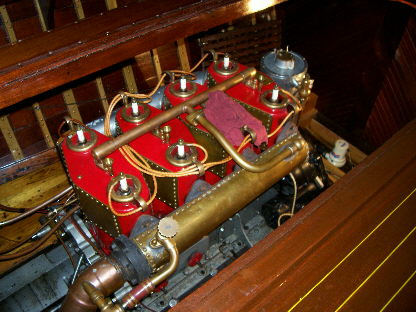Ok.. Why spark knock [ping] with a lean mixture?
It is the standard Mantra forever.
My conclusions:
Being lean in and of itself does not cause pinging.
It is a slower burn and has less power then stoichiometric [normal]. It has less gas molecules to 'shake hands' with in the combustion chamber.
So why can lean mixtures cause knock?
It is the cooling that is missing. Normal or rich mixtures cool a lot by fuel evaporation, and that is diminished with lean fuel mixtures. Therefore the CC temps are hotter, and causes the knock/ping.
This is why high performance turbo engines run so rich - to cool things much and get more power at the cost of excessive fuel. They can actually have black smoke out the pipe and be correct.
It is the standard Mantra forever.
My conclusions:
Being lean in and of itself does not cause pinging.
It is a slower burn and has less power then stoichiometric [normal]. It has less gas molecules to 'shake hands' with in the combustion chamber.
So why can lean mixtures cause knock?
It is the cooling that is missing. Normal or rich mixtures cool a lot by fuel evaporation, and that is diminished with lean fuel mixtures. Therefore the CC temps are hotter, and causes the knock/ping.
This is why high performance turbo engines run so rich - to cool things much and get more power at the cost of excessive fuel. They can actually have black smoke out the pipe and be correct.




